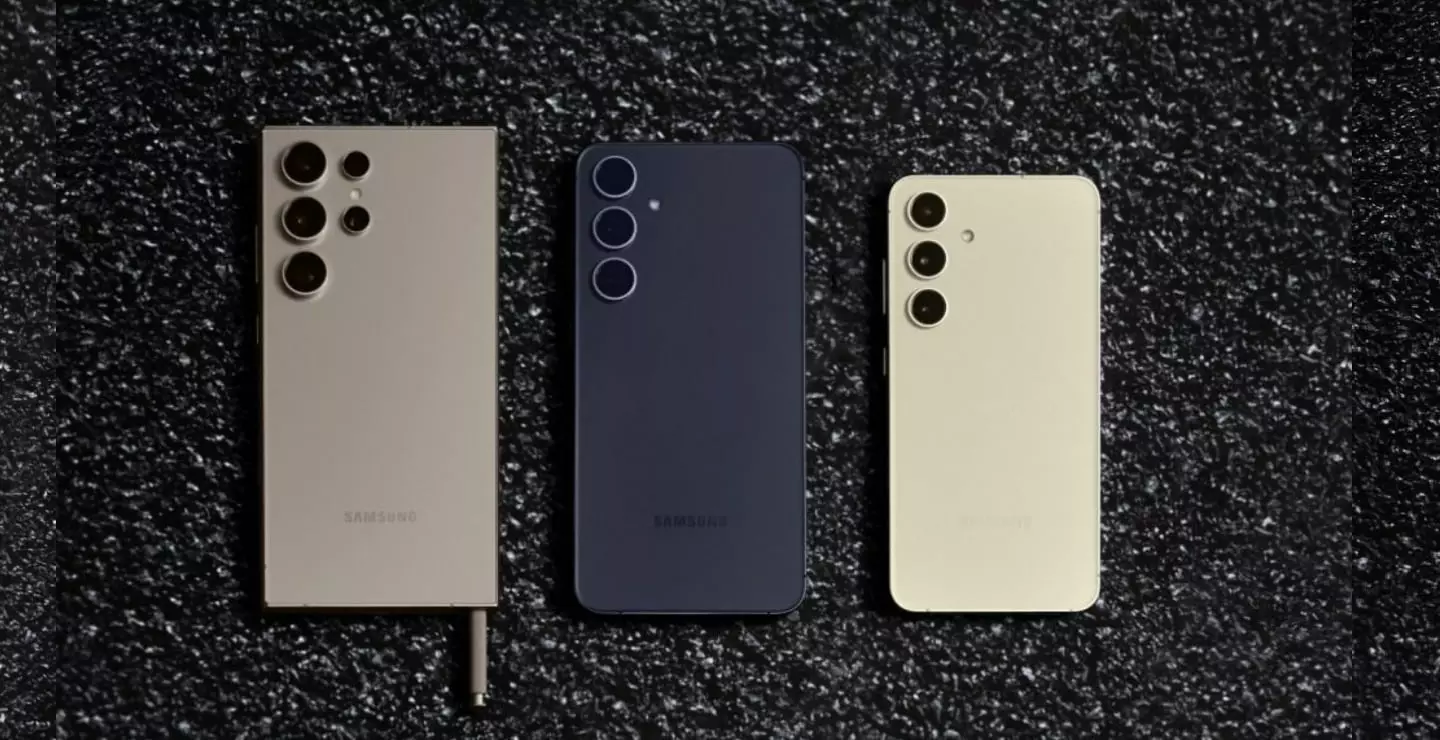The global smartphone market is experiencing a notable resurgence in 2024, with a reported year-over-year increase in shipments by four percent. This growth marks a turning point after two consecutive years of decline, indicating a recovery in consumer sentiment attributed to improvements in the macroeconomic landscape. According to a comprehensive report from a leading market research firm, the figures reflect a renewed optimism among consumers, propelled by enhanced economic conditions.
In the competitive landscape of smartphone manufacturing, Samsung has reclaimed its position as the market leader with an impressive 19 percent share. The company’s success can be largely traced back to high demand for its Galaxy S24 series. These models, characterized as the first AI-integrated smartphones from Samsung, have garnered particularly favorable reviews in Western Europe and the United States. The combination of cutting-edge technology and consumer acceptance appears to have positioned Samsung advantageously against its competitors, illustrating a significant shift in market dynamics.
Meanwhile, Apple maintains its footing in second place with an 18 percent market share. Despite the anticipation surrounding the iPhone 16 series, consumer response has been mixed. Some analysts attribute this lukewarm reception to a shortage of the so-called “Apple Intelligence” features at the time of launch. Nonetheless, Apple has managed to flourish in non-core markets—Latin America, Africa, and parts of Asia—suggesting that while its primary offerings may face criticism, its expansion strategies continue to bear fruit. Moreover, there has been a notable increase in demand for higher-end models, such as the iPhone Pro and Pro Max, particularly in markets like China, as stated by Ivan Lam, a senior analyst at Counterpoint Research.
Xiaomi, capturing a 14 percent market share, has emerged as the fastest-growing brand among the top five manufacturers. This growth underscores Xiaomi’s strategic agility and innovative approaches, enhancing its competitive edge. Other notable mentions include Vivo and Oppo, each holding an 8 percent share, contributing to a dynamic and competitive landscape.
Although the top five manufacturers—Samsung, Apple, Xiaomi, Vivo, and Oppo—have remained unchanged since 2023, the report indicates they have collectively lost market share due to aggressive competition from brands such as Huawei, Honor, and Motorola. Motorola, in particular, has been identified as the fastest-growing OEM in the top ten, highlighting a shift in consumer preferences that may benefit emerging brands willing to adapt and innovate rapidly.
The research firm noted that nearly all markets exhibited growth in various forms, with Europe, China, and Latin America leading the charge. This can be attributed to the softening of macroeconomic pressures that previously stifled consumer spending. As the market began to recover in late 2023, it has now demonstrated consistent growth for five consecutive quarters, which is a promising trend for the mobile industry.
An exciting development making headway in the smartphone industry is the introduction of Generative Artificial Intelligence (GenAI) features in premium devices. Projections indicate that by 2028, a staggering 90 percent of smartphones priced above $250 will incorporate GenAI capabilities. This evolution reflects broader tech trends, as leading brands look to innovate and capture market share through smarter technology.
While volume growth faces uncertainty, both the report and analysts project that the revenue growth from smartphones will exceed volume growth. In fact, estimates suggest an 8 percent revenue increase year-over-year, juxtaposed with a more modest 4 percent growth in volume. This trend could indicate a paradigm shift in consumer behavior, favoring higher-value offerings over sheer quantity.
The 2024 smartphone market reflects a landscape marked by cautious optimism, where industry leaders are navigating a competitive yet evolving terrain. The interplay between consumer sentiment, technological advancements, and market strategy will continue to shape the future of the smartphone industry as it adapts to changing demands and innovations.


Leave a Reply